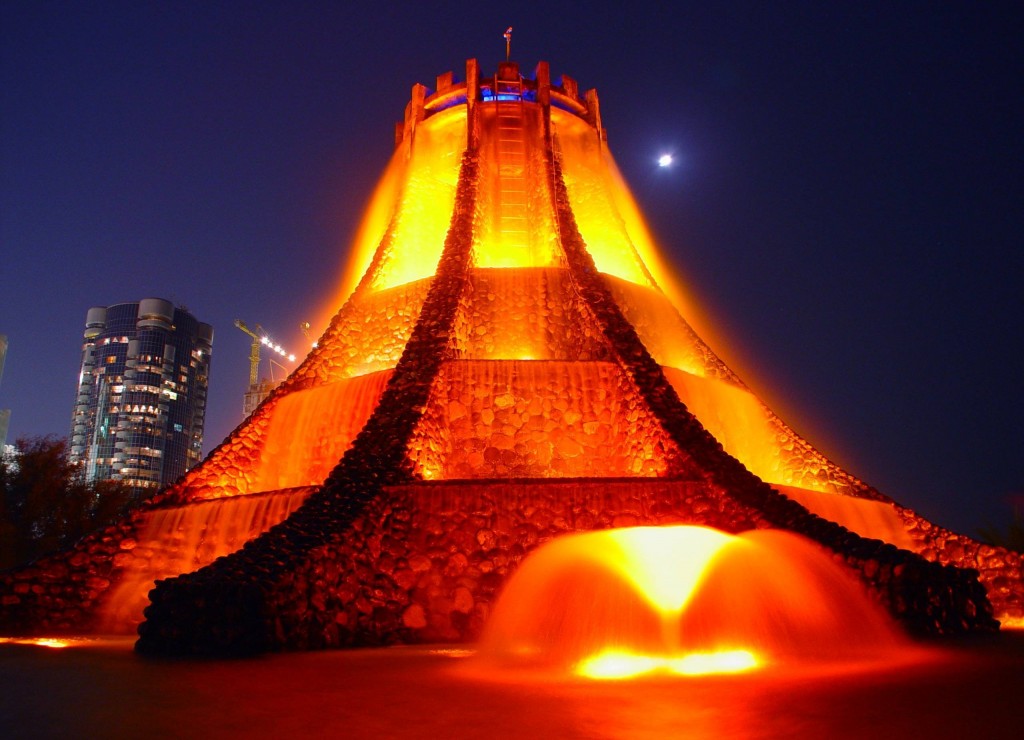The weather is cooler from November to March. This period also sees dense fog on some days. The oasis city of Al-Ain, about 150 km (93 mi) away, bordering Oman, regularly records the highest summer temperatures in the country; however, the dry desert air and cooler evenings make it a traditional retreat from the intense summer heat and year round humidity of the capital city.The density of Abu Dhabi varies, with high employment density in the central area, high residential densities in central downtown and lower densities in the suburbs. In the dense areas, most of the concentration is achieved with medium- and high-rise buildings. Abu Dhabi's skyscrapers such as the notable Abu Dhabi Investment Authority Tower, the National Bank of Abu Dhabi headquarters, the Hilton Hotel Tower and the Etisalat headquarters are usually found in the financial districts of Abu Dhabi.
 abu dhabi
abu dhabi abu dhabi
abu dhabi abu dhabi
abu dhabi abu dhabi
abu dhabi abu dhabi
abu dhabi abu dhabi
abu dhabi abu dhabi
abu dhabi abu dhabi
abu dhabi abu dhabi
abu dhabi abu dhabi
abu dhabi abu dhabi
abu dhabiThe Abu Dhabi National Oil Company asserted in August 2006 that the UAE is presently ready to expand production of crude oil to 2.8m barrels per day (bpd) and is on target to push production to 4m bpd by 2010.
Recently the government has been diversifying their economic plans. Served by high oil prices, the country’s non oil and gas GDP has outstripped that attributable to the energy sector. Remarkably, non oil and gas GDP now constitutes 64% of the UAE’s total GDP. This trend is reflected in Abu Dhabi with substantial new investment in industry, real estate, tourism and retail. As Abu Dhabi is the largest oil producer of the UAE, it has reaped the most benefits from this trend. It has taken on an active diversification and liberalisation programme to reduce the UAE’s reliance on the hydrocarbon sector. This is evident in the emphasis on industrial diversification with the completion of an industrial free zone, Industrial City of Abu Dhabi, and the construction of another, ICAD II, in the pipeline.the city has wide grid-pattern roads, and high-density tower blocks. On the northerly end of the island, where the population density is highest, the main streets are lined with 20- to 30-story towers. Inside this rectangle of towers is a normal grid pattern of roads with lower density buildings (2-story villas or 6-story low-rise buildings).
Abu Dhabi is a modern city with broad boulevards, tall office and apartment buildings, and busy shops. Principal thoroughfares are the Corniche, Airport Road, Sheikh Zayed Street, Hamdan Street and Khalifa Street. Abu Dhabi is known in the region for its greenery; the former desert strip today includes numerous parks and gardens. The design of the inner city roads and main roads are quite organised. Starting from the Corniche, all horizontal streets are oddly and the vertical ones evenly numbered.
The country is home to several communities that have faced persecution elsewhere. The cosmopolitan atmosphere is gradually growing and as a result, there are a variety of Asian and Western schools, cultural centers and themed restaurants.
Abu Dhabi is home to a number of cultural institutions including the Cultural Foundationand the National Theater. The Cultural Foundation is home to the UAE Public Library and Cultural Center. Various cultural societies such as the Abu Dhabi Classical Music Society have a strong and visible following in the city. The recently launched Emirates Foundation offers grants in support of the arts, as well as to advance science and technology, education, environmental protection and social development. The International Prize for Arabic Fiction (IPAF) will be based in Abu Dhabi. The city also stages hundreds of conferences and exhibitions each year in its state-of-the-art venues, including the Abu Dhabi National Exhibition Centre (ADNEC) which is the Persian Gulf's largest exhibition center and welcomes around 1.8 million visitors every year.
Absolutely right these are all top places,such a beautiful places ,no one describe about these place that how these are pretty.
ReplyDeleteAbu Dhabi Desert Safari
I would want to go to their Heritage sites and the museums too. I would want to see and know more about how and what Abu Dhabi looks likes 30 years ago.
ReplyDeleteproperty shop